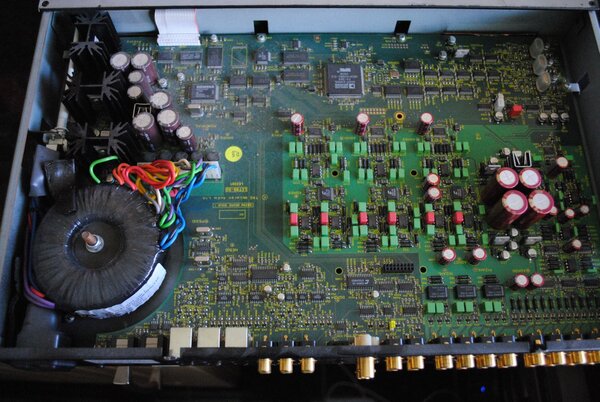greenstiles":1zomjgtr said:ah, so having those fancy magnets of the expences cable really won't do a thing......just more rip off stuff :?
They ain't magnets. Have a read of the link in my post.
The player is an old CD63, which simply sounds almost analogue and silky smooth these days. It's surprising what you can do with some attention to the clock, some studio quality op-amps, a whole load of signal path reduction and decent ultra-low noise PSU design.

